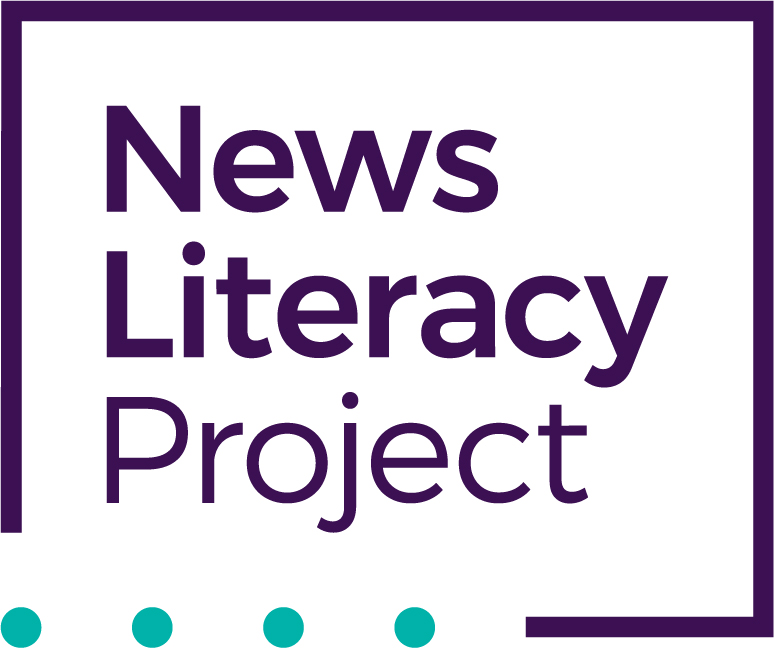In today’s world of misinformation, it’s more important than ever for our students to be skilled information users and consumers. As a high school librarian and journalist, one of my top priorities is to educate students about the importance of being media literate. To be considered media literate, students need to develop the ability to access, evaluate, create, and analyze information found in all communication forms. By developing these abilities, students can become critical thinkers, effective communicators, and citizens who take active roles in their local, state, and national communities.

This week, October 24-28, the National Association of Media Literacy Education (NAMLE) is shining a spotlight on media literacy by hosting the United States Media Literacy Week. On NAMLE’s Media Literacy Week website, you can find ideas for events and classroom lessons designed specifically for elementary, middle, and high school students. You also can visit NAMLE’s website, where you will find: a parent’s guide to information literacy; resources on COVID-19 misinformation; materials on race, equity, and social justice; online access to NAMLE’s monthly newsletters, their Journal of Media Literacy Education; and much more. You also should consider joining NAMLE — membership is free!

Although it might be too late for many educators to plan and host activities for this Media Literacy Week, you still can make media literacy part of your teaching throughout the school year. The News Literacy Project is another excellent resource you can use to teach media literacy. A nonpartisan, nonprofit education organization, NLP focuses on news literacy and strives to make everyone better informed and more engaged with the world around them. On their website, you’ll find: NLP’s Checkology platform for identifying misinformation; a resource library with lesson plans, quizzes, infographics, and classroom activities; a news literacy podcast called “Is That A Fact;” in-person and virtual professional learning opportunities; and “informable,” a free mobile app. You also can subscribe to NLP’s weekly educator newsletter, “The Sift.” Each edition of The Sift provides relevant media news, as well as current, real-world examples of misinformation found on social media and other communication platforms.

Last, but certainly not least, you should consult eMediaVA and its curated collection of media literacy resources for elementary and secondary school students. Within this collection are three separate sub-collections: Teaching Media Literacy – Elementary Resources; Teaching Media Literacy – Secondary Resources; and the News and Media Literacy Collection. Fake news, confirmation bias, social media platforms’ effect on mood, and reverse image searches are just a few of the topics in the collection that you can use to help make your students more media literate.
The most important resource for teaching media literacy is you, the teacher. Regardless of whether you teach English, government, math, or science, you can and should find a place in your curriculum for media literacy. If you feel you don’t have the time or the expertise to teach media literacy, reach out to your school librarians/school media specialists. We are ready, willing, and excited to help.
Dale Harter is a 2022-23 eMediaVA Ambassador and a librarian at Matoaca High School, in Chesterfield County.